Boosting website traffic is key for any online business. One good way is to mix up the content on your blog. Different people like different types of content, so a variety can attract more visitors and keep them interested.
By offering different content formats, we meet different learning needs. This can bring more traffic to your site. It also makes users happy and helps build loyalty to your brand.
Using many content types can make people more engaged and come back. In this article, we’ll look at the top 10 content types to boost your website traffic.
Key Takeaways
- Diversifying content types can boost website traffic.
- Different content formats cater to different learning styles.
- Using a mix of content types enhances user experience.
- Increased engagement and brand loyalty are potential outcomes.
- A varied content strategy can attract return visits.
The Strategic Value of Content Diversity
In today’s digital world, it’s key to mix up our content. This way, we reach more people. By offering different types of content, we meet various learning needs. This boosts engagement and brings more visitors to our site.
How Different Content Types Affect Search Rankings
Content types greatly affect our search rankings. Long-form content does well in search results. Videos, on the other hand, keep people on our site longer. Using many content types helps us rank better in search engines.
Matching Content Types to Your Audience’s Preferences
Knowing what our audience likes is crucial. We use data to see what content they prefer. This makes our content more personal, which helps turn visitors into loyal fans.
Setting Measurable Traffic Goals with Your Content Mix
To make our content mix work best, we set clear goals. We track things like page views and how engaged people are. This helps us improve our content strategy for better results.
| Content Type | Primary Benefit | Target Audience |
|---|---|---|
| Blog Posts | In-depth information | Researchers, enthusiasts |
| Videos | Engaging visuals | Visual learners, younger audience |
| Infographics | Quick insights | Busy professionals, social media users |
Long-Form Blog Posts: Comprehensive Content That Ranks
Long-form blog posts help make your brand known as an expert. They also boost your search rankings and bring more visitors to your site.
Why 1500+ Word Articles Outperform Shorter Content
Articles with 1500+ words are better than short ones because they give more value. A study shows long content gets shared and linked more, boosting your site’s authority.
Key benefits of long-form content include:
- Increased engagement
- Improved search rankings
- Enhanced brand credibility
Structuring Long-Form Content for Better User Experience
It’s key to structure long content well for a good user experience. Use sections, headings, and visuals to make it easy to read.
For example, subheadings like H3 and H4 tags help organize and make content easier to read.
Topic Selection Strategies for Long-Form Success
Picking the right topic is vital for long-form content success. Choose topics that match your audience’s needs and your brand’s expertise.
| Topic Selection Criteria | Description |
|---|---|
| Relevance | Choose topics that are relevant to your audience |
| Expertise | Align topics with your brand’s expertise |
| Search Volume | Select topics with significant search volume |
How-To Guides and Tutorials: Solving Problems for Readers
How-to guides and tutorials give step-by-step solutions to your audience’s needs. They make your content more engaging. By offering detailed instructions and practical tips, you help readers solve specific problems. This makes your brand a trusted resource.
Identifying High-Value Problems Your Audience Faces
To make great how-to guides, find out what problems your audience faces. Use customer feedback, social media listening, and keyword research to understand their pain points. This way, you can create content that really meets their needs.
Creating Step-by-Step Content That’s Easy to Follow
After finding the problems, make your content easy to follow. Break down hard tasks into simple, manageable steps. Use clear headings, simple language, and visual aids like diagrams or flowcharts to help readers understand better.
| Content Element | Purpose | Example |
|---|---|---|
| Clear Headings | Organize content | “Step 1: Identify Your Target Audience” |
| Concise Language | Enhance understanding | “Use simple words and avoid jargon.” |
| Visual Aids | Illustrate complex concepts |
Enhancing Tutorials with Videos and Screenshots
To make your tutorials more engaging, add videos and screenshots. Videos show processes in action, while screenshots help with visual references. This makes your tutorials more effective and appealing.
By using videos and screenshots, you cater to different learning styles. This boosts your tutorials’ effectiveness and appeal.
List-Based Articles: Digestible Content That Drives Clicks
List-based articles are popular because they make complex info simple. They are fun to read and share, which helps bring more visitors to your blog.
Crafting Headlines That Generate Curiosity
A great headline is key for list-based articles. It should grab attention and make readers want to click. Using action words and questions can really boost clicks.
Organizing List Content for Maximum Engagement
It’s important to organize your list well. You can group similar items or list them in order of importance. Clear headings and short descriptions make your list easy to read.
Adding Value to Each List Item Beyond the Obvious
To make your list stand out, each item should offer something unique. Don’t repeat the same info. Instead, add fresh insights or the latest research.
| List Type | Characteristics | Benefits |
|---|---|---|
| Top 10 Lists | Concise, focused on key items | Easy to read, highly shareable |
| How-To Lists | Step-by-step instructions | Practical, informative |
| Resource Lists | Compilation of useful resources | Valuable for readers, enhances credibility |
Case Studies: Demonstrating Real-World Results
Case studies show how we’ve helped clients reach their goals. They build trust and show our skills. This is key for winning over potential customers.
Selecting Stories That Resonate With Your Target Audience
We pick stories that speak to our audience. We know what they struggle with and show how we solve it. Relevance is key to making case studies relatable and engaging.
The Perfect Case Study Structure: Problem-Solution-Results
A good case study follows the Problem-Solution-Results format. It clearly states the client’s problem, the solution we offered, and the results we got. Clarity and concision are crucial in presenting this information.
| Component | Description | Importance |
|---|---|---|
| Problem | Clearly articulate the client’s challenge | High |
| Solution | Detail the solution provided | High |
| Results | Highlight the outcomes achieved | High |
Promotion Strategies Specific to Case Study Content
To make the most of case studies, we need to promote them well. We share them on social media, in email newsletters, and make them search engine friendly.
Infographics: Visual Content That Earns Backlinks
Infographics are key in the digital world for getting backlinks and more traffic. They make complex info easy to see and understand. This makes them a top choice for content marketing.

Data Visualization Techniques That Tell a Clear Story
Good infographics use strong data visualization techniques. They turn data into stories with charts and graphs. It’s important for the info to be clear and pretty, so people get it easily.
Design Elements That Make Infographics Shareable
The look of an infographic matters a lot for sharing. Things like color, fonts, and layout make it attractive. Adding branding elements helps people recognize it. A nice infographic gets shared more, reaching more people and earning backlinks.
Outreach Methods to Maximize Infographic Distribution
Just making an infographic isn’t enough. We need to share it well. We find places, bloggers, and influencers who might share it. Using social media and direct messages helps it get seen by more people, bringing more traffic and backlinks.
Expert Interviews and Roundups: Borrowing Authority
Using expert interviews and roundups helps us reach new people and gain trust. By sharing insights from known experts, we make our content better. We also link our brand with the authority and knowledge of our guests.
Expert interviews and roundups are great for making engaging and trusted content. They bring fresh views and useful tips that our audience likes. They also help us connect with industry influencers, opening doors for new partnerships and growth.
Finding and Approaching Relevant Industry Experts
To begin, we must find experts that match our content and audience. We can do this by looking at industry leaders, checking top content, and seeing who is mentioned in our field. After making a list, we can contact them via email or social media, suggesting an interview or roundup.
Key steps in finding experts include:
- Researching industry leaders and influencers
- Analyzing top content in our niche
- Identifying who is being quoted or referenced
Question Frameworks That Generate Valuable Insights
Creating the right questions is key to getting good answers from experts. We should ask open-ended, relevant, and insightful questions. This means knowing what our audience wants and tailoring our questions to meet those needs.
| Question Type | Purpose | Example |
|---|---|---|
| Open-ended questions | Encourage detailed responses | What are your thoughts on the future of our industry? |
| Specific scenario questions | Provide practical insights | How would you handle [specific industry challenge]? |
| Comparative questions | Offer insights into different approaches | How does [new development] compare to [established practice]? |
Leveraging Participants’ Networks for Wider Reach
After we’ve done our interviews or roundups, we can use the experts’ networks to reach more people. We share the final content with our experts and ask them to share it in their networks.
Strategies for leveraging participants’ networks include:
- Sharing the content with participants and asking for feedback
- Encouraging participants to share the content on their social media channels
- Collaborating with participants on future content projects
Video Content: Capturing Attention in Multiple Formats
Capturing attention online is tough. Video content is a key strategy. It’s a dynamic way to engage people and share information.
Types of Videos That Generate the Most Traffic
There are many types of videos that grab attention. Explainer videos, tutorial videos, and product reviews are popular. They offer value, whether it’s through learning or fun.
“The use of video content in marketing strategies has seen a significant rise in recent years,” experts say. “Brands achieve great engagement and conversion rates.”
SEO Techniques Specifically for Video Content
To make video content work best, use SEO techniques made for video. Optimize titles, descriptions, and tags with the right keywords. Make sure videos work well on mobile and load fast.
Cross-Platform Video Strategy for Maximum Exposure
A cross-platform video strategy means sharing videos on YouTube, Facebook, and your blog. This way, you reach more people and get your videos seen by more.
By adding video to your blog and using smart SEO, you can boost your online presence. This will bring more visitors to your site.
Original Research and Data: Becoming the Primary Source
Original research and data are key to being seen as credible. They help drive traffic to your site. By doing studies and surveys, you show your brand is a trusted expert in your field.
Conducting Research That Fills Information Gaps
Your research should answer questions that others haven’t. Understanding what your audience needs is crucial. You can find these gaps by looking at trends, talking to your audience, and reading what’s already out there.
Presenting Data in Ways Journalists and Bloggers Will Reference
It’s important to make data easy to understand. Using infographics and charts helps. Also, sharing detailed reports or datasets can get others to use your work.
Annual Studies: Creating Recurring Traffic Assets
Doing annual studies on important topics can bring in regular visitors. Tracking changes and trends gives you unique insights. This keeps your audience coming back and shows your brand’s expertise.
Experts say, “Original research is great for getting quality backlinks and being seen as a leader.” Adding original research to your strategy boosts your online image.
Interactive Content: Increasing Time on Page
Interactive content is changing how we connect online. It makes users want to stay longer on our blog. This makes their visit more enjoyable.
Quizzes, Calculators, and Tools That Solve User Problems
Interactive stuff like quizzes and calculators keeps users interested. A quiz can be fun and teach something new. Tools that solve problems also keep people coming back.
Technical Implementation Options for Different Skill Levels
There are many ways to add interactive content, for all skill levels. Beginners can use plugins or simple code. More skilled folks can make complex content with advanced coding.
| Skill Level | Technical Options |
|---|---|
| Basic | Plugins, Simple Coding |
| Advanced | Complex Coding, Tool Integrations |
Promoting Interactive Content to the Right Audience
It’s key to share our interactive content with the right people. We can use social media, email, and SEO to find our audience. Working with influencers can also help us reach more people.
Interactive content helps us keep users engaged. It makes their visit memorable and fun.
Blog SEO: Optimizing Your Content Strategy for Search
Effective blog SEO is key to a successful content strategy. It helps your website show up more in search results. This means more people will find your blog. We’ll look at how to make your blog content better for search engines.
Keyword Research Methods for Content Planning
Keyword research is the base of any SEO plan. We use tools like Google Keyword Planner and Ahrefs. They help us find keywords our audience is looking for. This makes our content more relevant and helps it rank higher.
On-Page Optimization Techniques That Move the Needle
On-page optimization makes each web page better for search rankings. We use header tags, optimize meta titles and descriptions, and add alt text to images. For example, a header tag like <h1>Blog SEO</h1> tells search engines what the page is about.
| Optimization Technique | Description | Impact |
|---|---|---|
| Header Tags | Organize content with H1, H2, H3 tags | Improves readability and SEO |
| Meta Titles & Descriptions | Craft compelling titles and summaries | Boosts click-through rates |
| Alt Text for Images | Describe images for search engines | Enhances image search visibility |
Content Interlinking Strategies for Better Indexing
Content interlinking helps search engines understand your website better. It makes your site easier to index. We link to other articles in our content to help users and search engines.
As HubSpot says, “Internal linking helps search engines understand your site’s structure.” This improves your blog’s SEO and brings more visitors to your site.
Conclusion: Building a Sustainable Traffic Growth System
To build a strong traffic growth system, we need to use many content types and strategies. Knowing our audience and making valuable content helps drive traffic and boost blog engagement.
A good content plan is key for lasting growth. We should mix different content types like long blog posts, how-to guides, and lists. Also, making our content SEO-friendly is vital. It helps us show up more in search results and gets us more organic traffic.
Using these methods, we can create a reliable system for growing traffic. This focus on sustainable growth helps us keep a strong online presence. It also brings in new readers to our blog.
FAQ
What are the most effective content types for boosting website traffic?
Mixing content formats like blog posts, videos, infographics, and interactive content works well. It meets different learning styles and builds loyalty.
How can I determine the best content types for my audience?
To find the right content, understand your audience’s needs and preferences. Use keyword research, audience feedback, and analytics to help.
What is the ideal length for a blog post to improve search rankings?
Long-form blog posts (1500+ words) are better. They offer detailed info and show your expertise.
How can I make my how-to guides and tutorials more effective?
Identify problems your audience faces. Create step-by-step guides with videos and screenshots.
What makes list-based articles so effective at driving clicks?
List articles are easy to scan. Craft catchy headlines and organize content for better engagement.
How can case studies help establish credibility with potential customers?
Case studies show real results, building trust. Choose stories that appeal to your audience and use a problem-solution-results format.
What are the benefits of using infographics in my content strategy?
Infographics can get backlinks, improve retention, and increase shares. Use data to tell a story and make them shareable.
How can expert interviews and roundups benefit my content strategy?
Expert interviews offer insights and boost credibility. Find experts, ask good questions, and use their networks.
What types of video content generate the most traffic?
Explainer videos, product demos, and testimonials are popular. Optimize videos for SEO and use a cross-platform strategy.
How can original research and data help establish my brand as a primary source?
Original research and data build credibility. Fill gaps in information and present data clearly.
What are the benefits of using interactive content in my strategy?
Interactive content boosts engagement and time on page. Use quizzes, calculators, and tools to solve problems and engage your audience.
How can I optimize my blog content for search?
Use keyword research, on-page optimization, and content linking. This improves search rankings and drives traffic.
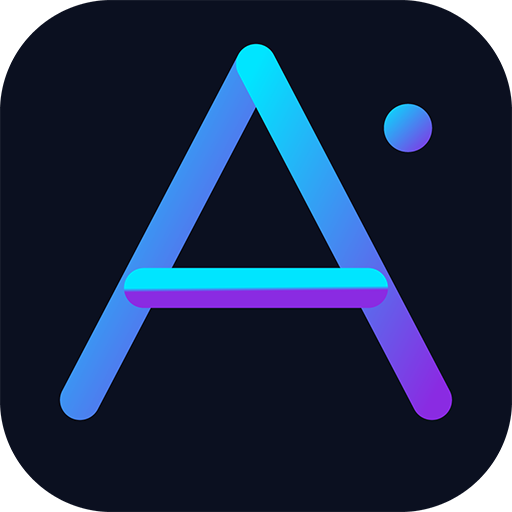
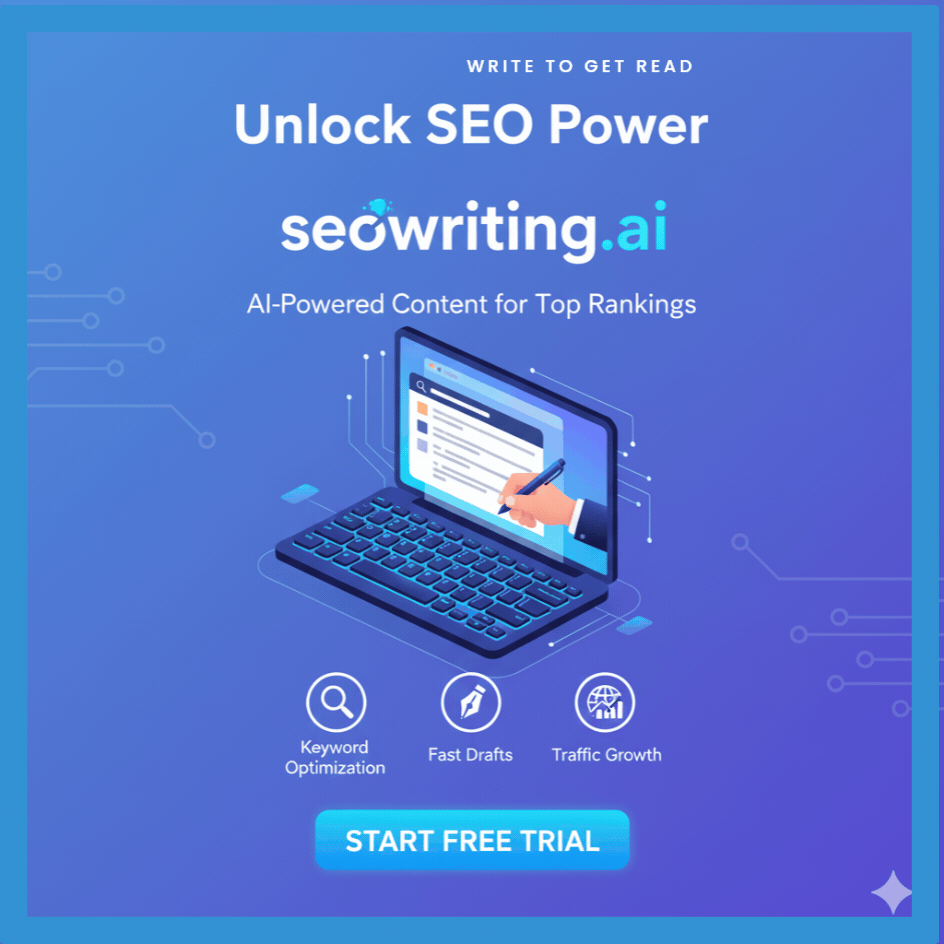



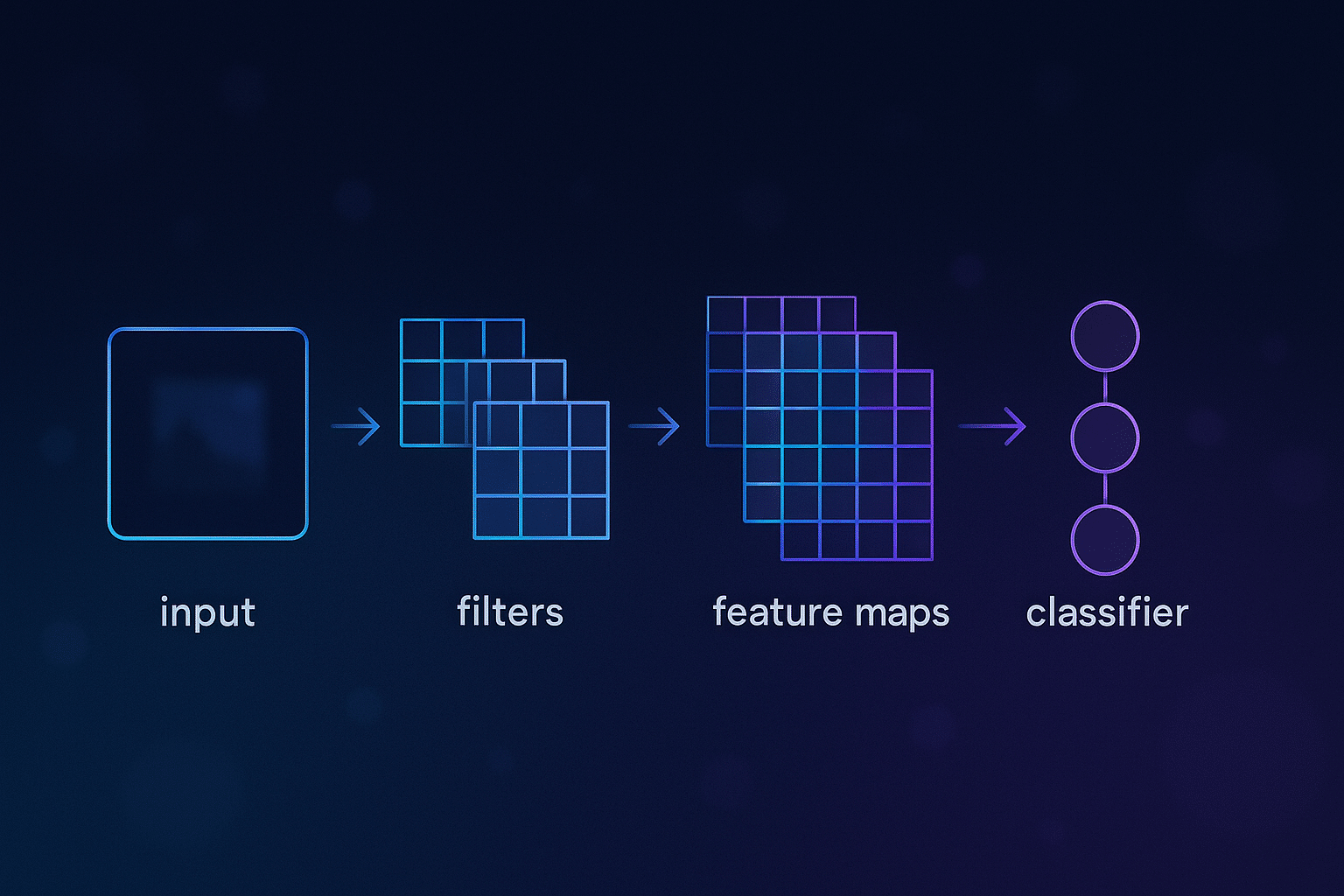

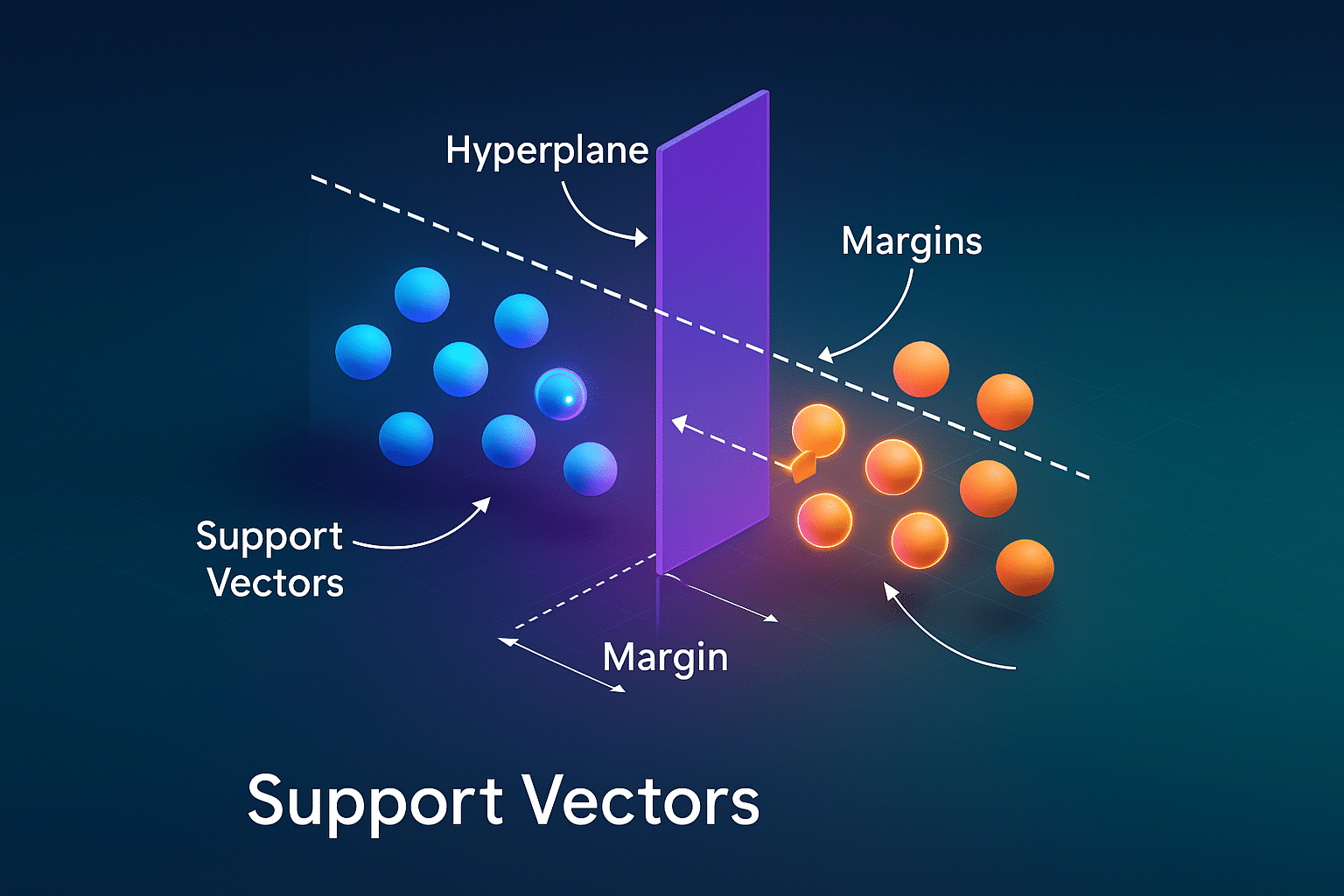
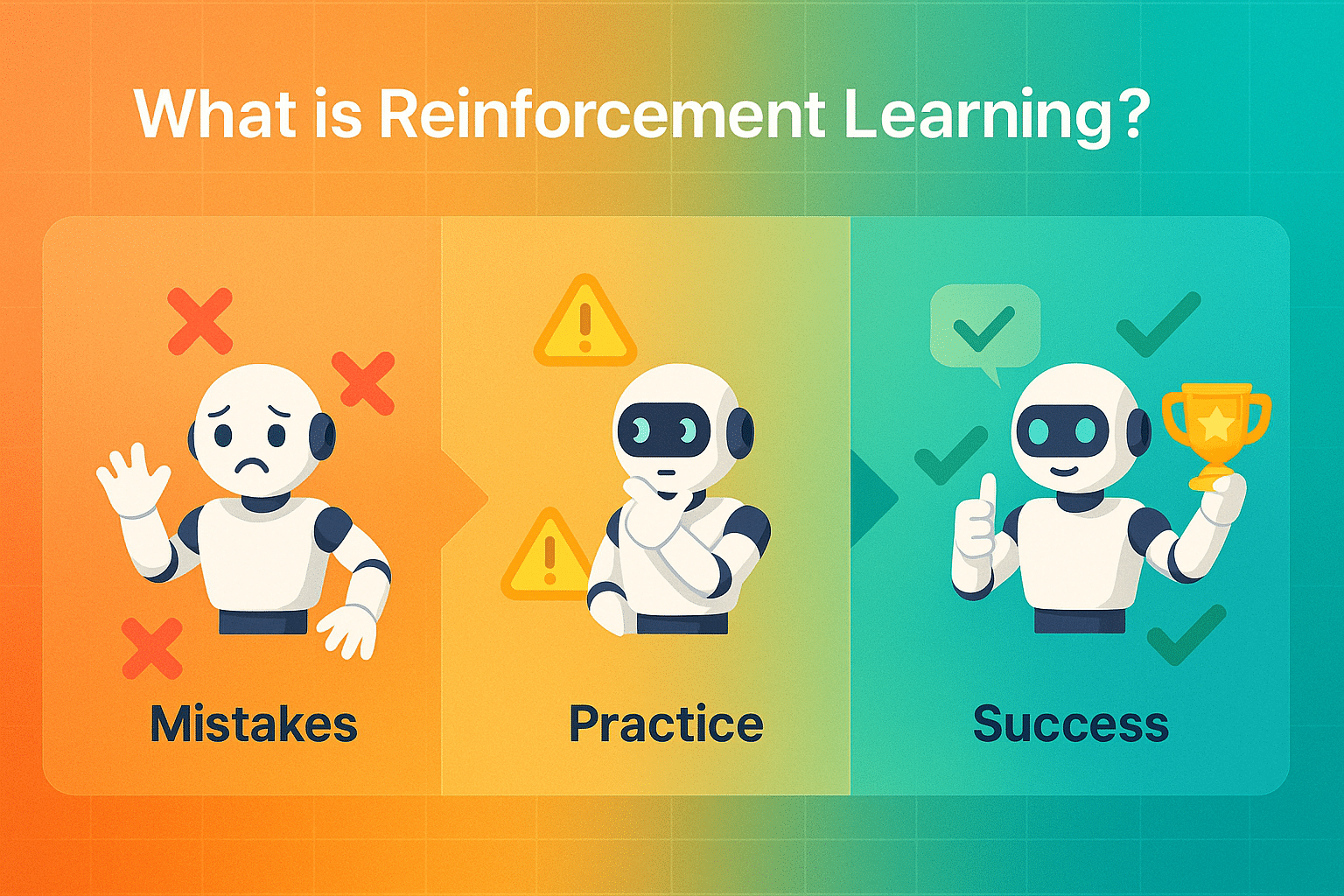
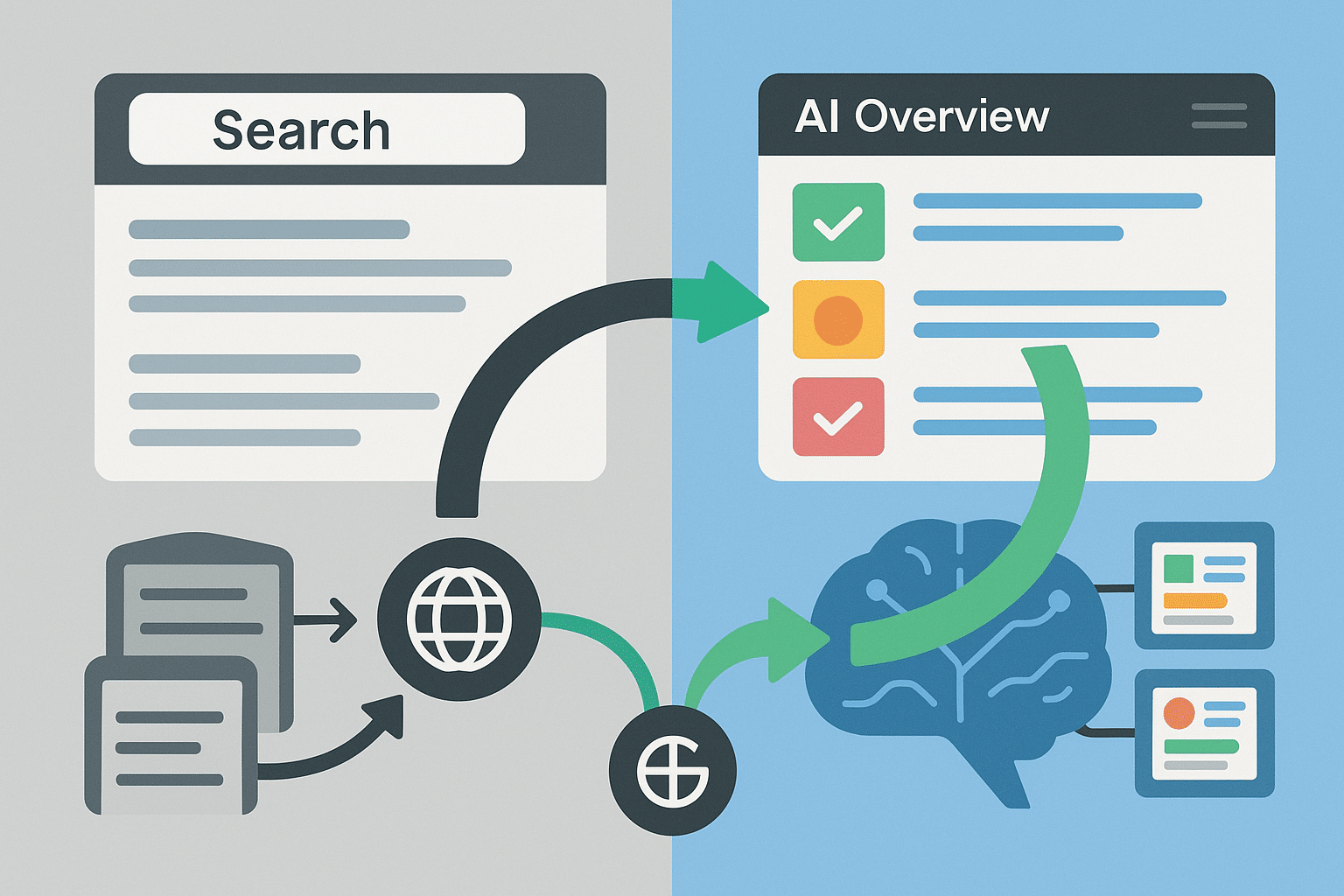
Leave a Reply